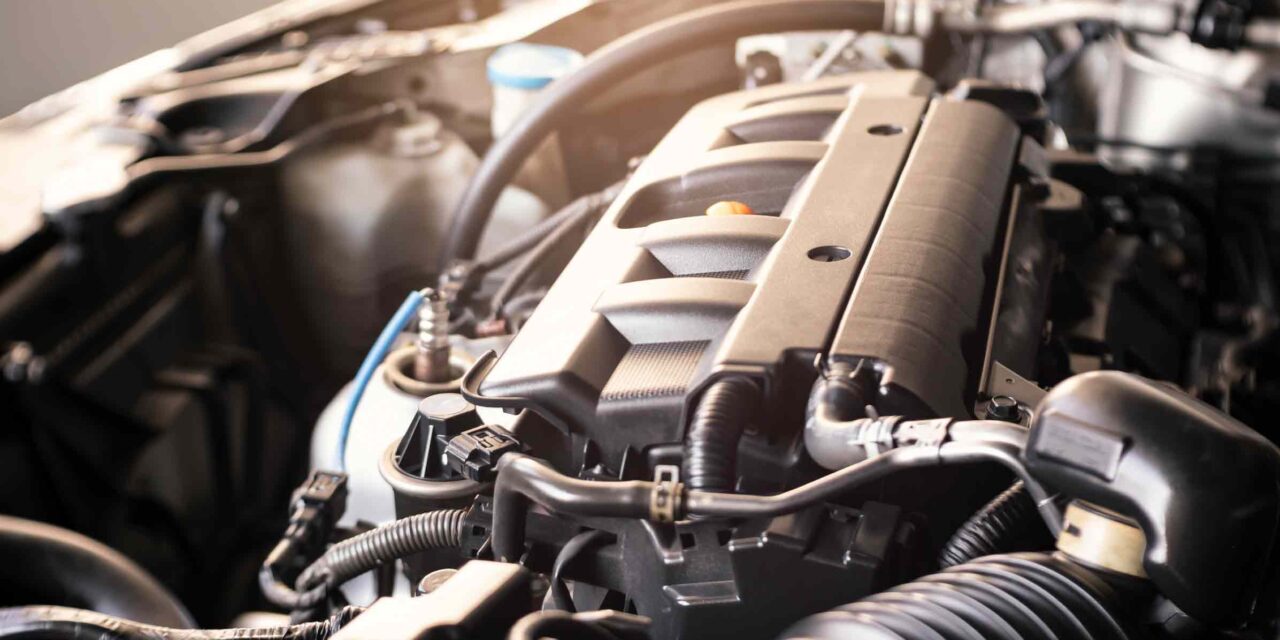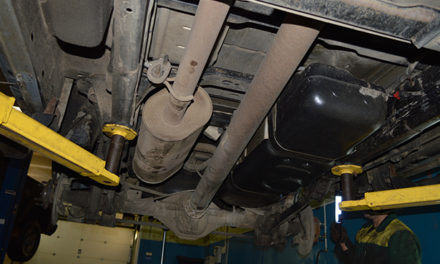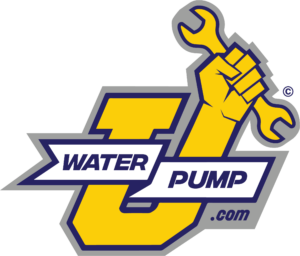The fuel pump in your vehicle draws gas from the tank to supply the fuel to the carburetor or fuel injectors. A specific amount of pressure is needed to ensure the fuel is delivered correctly and in the right amount. Replacing a fuel pump with the incorrect model can lead to excessive pressure and engine operating problems.
Carbureted Engines
Carburetors on older engines can be very picky. Experienced mechanics know the number of adjustments that can be required to keep a carburetion system running at the peak of performance. The fuel delivery system uses a mechanical fuel pump that provides the lower level of pressure that a carburetor operates on.
Fuel pressure to the carburetor will range from 4 psi to 7 psi, with some vehicles using higher pressure. Using the wrong fuel pump that delivers excess pressure can cause problems ranging from poor performance and lower gas mileage to flooding and carburetor damage.
When the pressure is only a little over the required amount, your vehicle may sputter when you first accelerate from a stopped position. Flooding when trying to start the vehicle can be a common occurrence. In more extreme cases, the float needle and seal in the carburetor can be damaged and gas leaks may occur during idling.
In the reverse, a pump that delivers too little pressure will create performance issues up to and including a complete lack of operation. Manufacturers changed from carburetors to fuel injection for many reasons including dependability and the ability to withstand a wider range of conditions.
Fuel Injection Engines
Engines with fuel injection will normally use electric fuel pumps to supply the higher pressure demanded by the system. With port injection, the required pressure ranges from 45 psi to 66 psi. On throttle body injection (TBI) systems, the pressure is normally between 9 psi to 18 psi. This is a great deal of difference in the amount of pressure required for normal operation.
A faulty regulator may also lead to problems with the pressure being delivered to the injector system. Excessive pressure can also contribute to problems. When the pressure is too high, the fuel mixture can become too rich. This results in black smoke in the exhaust. The vehicle’s oxygen sensors may try to overcome this but the result will be even worse performance.
The fuel delivery system of a vehicle is engineered so all components work together to ensure performance and achieve the highest fuel efficiency. While modifications can be made for specific performance features, these changes must be made over the entire system. Using the incorrect pump can lead to significant problems and possibly damage other components in the fuel delivery.








![[Vehicle Fitment]: Compatible with Ram 2500/3500 2014 V8 6.4L, 2500/3500/4500/5500 2016-2020 V8 6.4L [Reference Number]: FJ1403, 4627479AB [Specification]: ①Injector Design: Metal and composite plastic; ②Terminal Gender:Male ; ③Terminal Quantity: 2; ...](https://m.media-amazon.com/images/I/41uMp9ea1ML._SL100_.jpg)



Hi,
For example, if I have a 3,9 bar fuel pump and a 3,0bar FPR, will it regulate the pressure to 3,0 bar? In this case would it do any harm to the FPR?